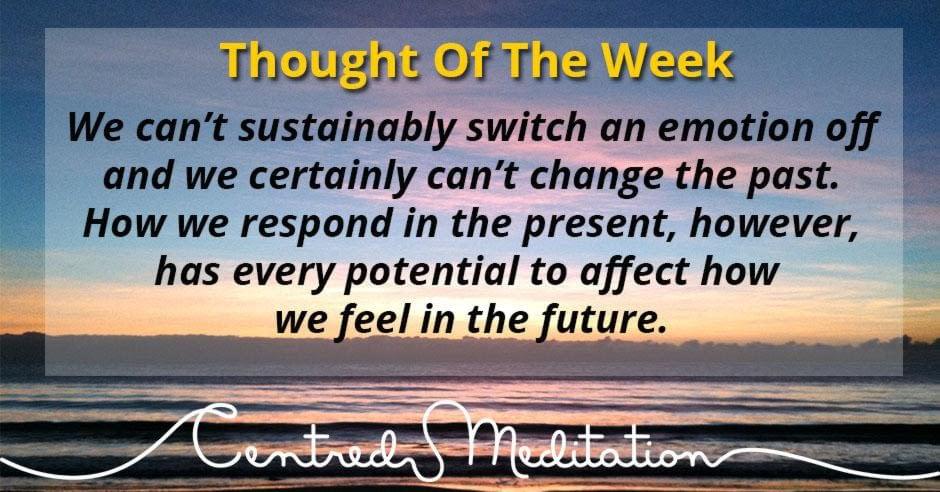Why do we hate being in a bad mood so much? Perhaps because it feels good to feel good and it feels bad to feel bad? Not to mention from an evolutionary standpoint, the purpose of our existence is to ensure the survival of our species, so we are hardwired to seek anything that will assist in our survival (often that which feels good) and avoid anything that might threaten it (often that which feels bad).
It makes sense then that when unpleasant emotions arise, our instinct is to reject and suppress them. The problem with this approach is that it usually tends to make matters worse. We start spiraling down the rabbit hole where we get trapped in a vicious cycle of the unpleasant emotion fueling incessant thinking fueling the unpleasant emotion further. Our fight-or-flight response is then triggered in the process, preventing us from making effective decisions and affecting everyone around us.
From our experience in the world so far, we’ve found it impossible to sustainably switch an emotion off (if you’ve discovered a way, please let us know). We’ve also found it impossible to change the past (if you’ve discovered a way, DEFINITELY let us know). What we have found, however, is that how we respond in the present does in fact have every potential to affect how we feel in the future. This is what our ‘Discovering Emotions’ mindfulness workshop this Wednesday evening is all about.
In our workshop, we go through some simple strategies to use when experiencing an unpleasant emotion, such as:
- Understanding that since we can’t sustainably switch the emotion off, rejecting it isn’t going to help either so it’s vital to start by accepting the emotion as it is and observing the physical sensations and thoughts that accompany it for what they are (just physical sensations in our body and electrochemical reactions in our brains passing through);
- Realising that no matter how many times we replay the past in our head (with all different versions of the ending), it doesn’t make the unpleasant emotion go away. It’s more effective to constructively analyse what happened in the past, take key learnings for the future and then bring our attention back to the present. Moving forward, each time our mind starts taking us down the rabbit hole, we simply refer to our key learnings and then return to whatever we are doing in the present moment.


